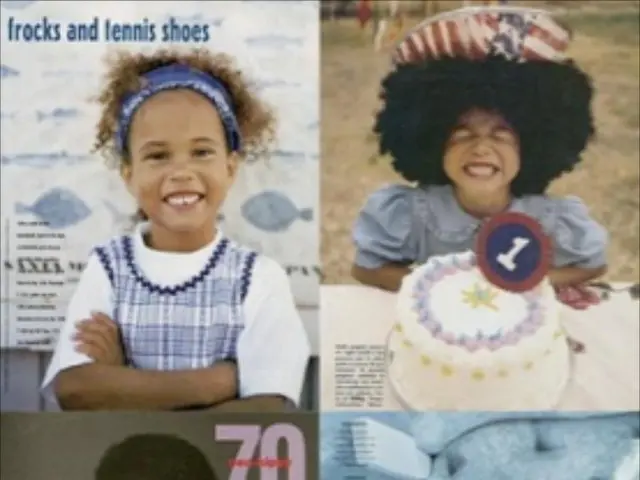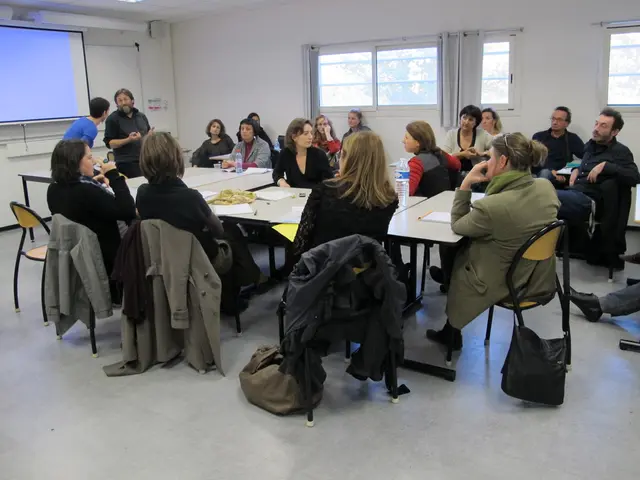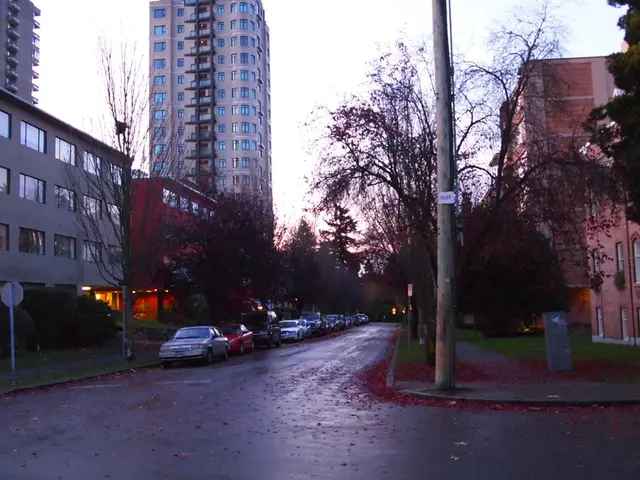Team-Boosting Creative Exercises: 25 Strategies to Enhance Collective Idea Generation
Boost Creative Thinking in Teams: 25 Exercise Ideas to Enhance Collaboration
Have you encountered times when creativity seems to dwindle within your team? You're not alone. According to a blog post, fostering creativity isn't an elusive gift but a skill available to everyone. To help your team tap into their collective creative potential, we've rounded up 25 creative exercises that have proven effective for teams.
25 Creative Exercises for Team-Building
These exercises are designed to encourage collaboration, creative problem-solving, and strategic thinking, fostering a more innovative environment among team members. Give some a try and observe how your team's creativity flourishes.
1. Reverse Brainstorming
Flip the problem-solving process by starting with the question, "How can we make this problem worse?" Response ideas are then reversed to find effective solutions.
2. Six Thinking Hats
Each team member assumes a different colored thinking hat, such as white (information), red (emotions), black (problems), yellow (benefits), green (creativity), or blue (process). Each hat encourages a unique perspective, leading to diverse ideas.
3. Random Word Association
Select a random word from a word generator or a dictionary, list attributes related to it, and force connections between these attributes and your problem for unexpected solutions.
4. Mind Mapping
Visualize connections between ideas using mind maps. Begin with the central problem, and branch out to explore associated thoughts.
5. SCAMPER Technique
Apply the acronym SCAMPER (Substitute, Combine, Adapt, Modify, Put to Another Use, Eliminate, and Reverse) to existing ideas, brainstorming new possibilities.
6. The 30 Circles Test
In just 3 minutes, participants turn as many blank circles into recognizable objects, allowing for quick, creative thinking.
7. Forced Connections
Bridge seemingly unrelated concepts to form new ideas. Begin with a problem, pick a random object, and discover links between the two.
8. Role Storming
Adopt the role of a famous figure or character and approach the problem from their unique perspective, stirring up fresh views and ideas.
9. The Five Whys
Use iterative questioning to dig deep into the root cause of the problem, uncovering hidden issues and potential solutions.
10. Brainwriting
Encourage quieter team members to contribute by passing a sheet of paper with ideas, allowing team members to build upon each other's thoughts in silence.
11. Analogies and Metaphors
Compare the problem to an unrelated concept to find new ways of thinking and solutions.
12. Challenge Assumptions
Question widely-held beliefs regarding the problem, sparking fresh thinking and innovative ideas.
13. Worst Idea
Brainstorm the worst possible solutions to the problem, and reverse them to find interesting options.
14. Picture Prompts
Capitalize on visual creativity by using images as prompts, stimulating unexpected solutions.
15. What If
Explore possibilities by asking questions such as "What if we had no limitations?" or "What if we could make this simpler?"
16. Idea Box
Combine elements from several aspects of the problem, generating new combinations and stimulating creative thinking.
17. Storyboarding
Visualize solutions using a sequential story format, paying attention to details and connections.
18. Alphabet Brainstorming
Cultivate out-of-the-box thinking by generating ideas based on the alphabet. Each letter serves as a catalyst for brainstorming possibilities.
19. Random Acts of Kindness
Create acts of kindness for the community or office, discovering connections between community service and problem-solving.
20. Future Headlines
Envision a successful solution to the problem by creating front-page headlines, and then backtrack to find the steps to make it a reality.
21. Constraint Addition
Add artificial limitations such as budget or time constraints to challenge teams to find creative solutions.
22. Fishbone Diagram
Uncover underlying causes of a problem by visually mapping relationships among various factors or elements.
23. Forced Analogy
Connect seemingly unrelated concepts to generate unique ideas and solutions.
24. Exaggeration
Amplify the problem and generate exaggerated solutions, then bring them back to reality and find practical applications.
25. Reverse Assumptions
Reverse common assumptions about the problem or industry, leading to thought-provoking ideas and solutions.
Bottom Line
Encourage your team to step out of their comfort zones by incorporating these 25 creative exercises into regular brainstorming sessions and team-building meetings. Harness the collective power of your team to find innovative solutions and tackle challenges in new, exciting ways. Foster a culture that values creativity, and watch your team soar to new heights together.
- As you work towards your team's goal setting, consider applying the SCAMPER technique to stimulate creative problem-solving and strategic thinking in the realm of fashion-and-beauty.
- In the heart of creativity, why not experiment with mind mapping during your personal-growth workshops or lifestyle discussions? Visualize connections between ideas and expand your horizons.
- In the midst of preparing delectable food-and-drink creations, why not try a round of random word association for an unexpected twist on culinary innovations?
- While gardening in your home-and-garden sanctuary, consider employing the reverse brainstorming technique to discover novel solutions for managing pesky pests or improving water retention in your plants.
- In the spirit of building stronger relationships, engage in a session of forced connections, where you discuss how elements of your bond can be applied to other aspects of life, like fashion-and-beauty or home-and-garden.
- On your next trip, utilize the 30 Circles Test during travel discussions to fuel creative though processes for planning your itinerary or finding local attractions.
- When you're out shopping, either in person or online, try the challenge assumptions exercise to question widely-held beliefs about store layouts, advertising, or product selection. The insights you discover can enhance your shopping experience and even spur career-development ideas.







